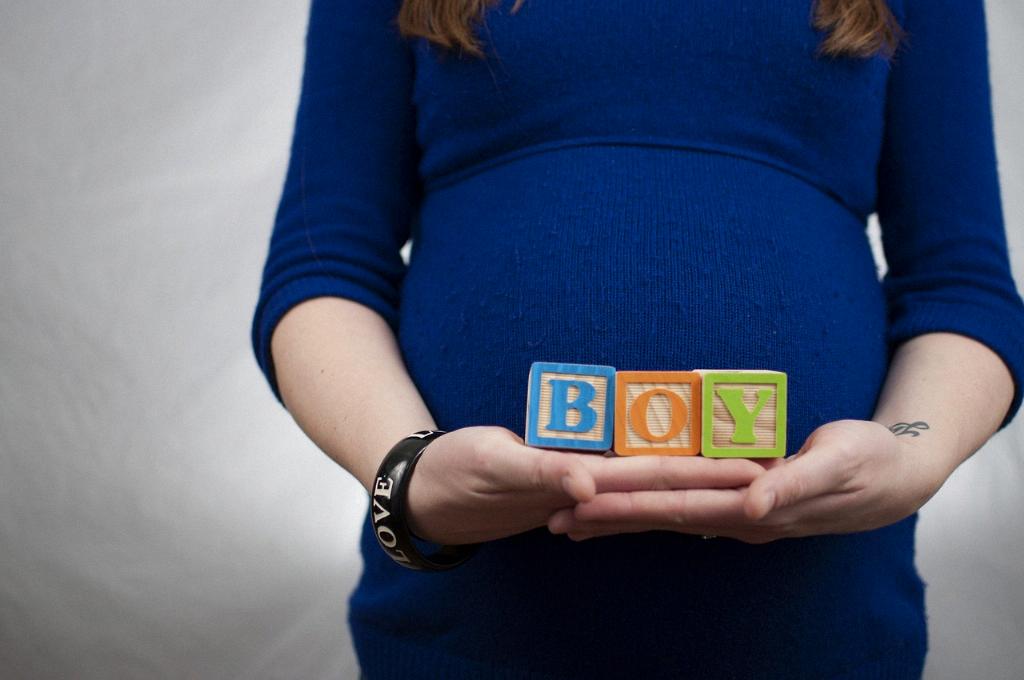After giving birth, many women experience physical changes that may be temporary or more long-lasting. While some changes naturally revert back to pre-pregnancy state, certain transformations are considered permanent.
Stretch Marks and Loose Skin
One of the most common physical changes after pregnancy is the presence of stretch marks and loose skin. These can develop on the abdomen, hips, thighs, and breasts. Due to the stretching of the skin during pregnancy, these marks may not entirely fade away, and loose skin can be challenging to tighten.
Weight Distribution
Weight gain during pregnancy leads to a redistribution of weight in the body, particularly in the hips and pelvis. Even postpartum weight loss may not completely revert the body to its pre-pregnancy shape, resulting in a broader hip structure and altered pelvic alignment.
Breast Changes
During pregnancy and breastfeeding, breasts undergo significant changes in size and shape. After weaning, breasts may not return to their original size, leading to sagging or a difference in breast volume. These changes can be permanent and often require supportive undergarments.
Heavier Menstrual Periods
Following pregnancy, menstrual periods can become heavier and last longer than before. This change is attributed to hormonal fluctuations and the body’s recovery process after childbirth. Women may notice a permanent shift in their menstrual cycle post-pregnancy.
Postpartum Hair Loss
Many women experience postpartum hair loss, commonly occurring a few months after giving birth. While the shedding may reduce over time, some individuals notice that their hair volume does not fully return to its pre-pregnancy level, resulting in thinner hair texture permanently.
Pelvic Floor Changes
The pelvic floor muscles undergo strain during pregnancy and childbirth, which can lead to long-term changes in pelvic floor function. Issues such as urinary incontinence or pelvic organ prolapse may persist post-pregnancy and require targeted exercises or interventions.
Abdominal Separation
Diastasis recti, or the separation of the abdominal muscles, is a common condition during and after pregnancy. While exercises can help improve the gap between the muscles, some individuals may still have a noticeable separation that persists post-pregnancy.
Skin Pigmentation
Changes in skin pigmentation, such as melasma or “mask of pregnancy,” can occur due to hormonal shifts during pregnancy. While some pigmentation may fade after childbirth, certain areas of hyperpigmentation may remain prominent and require specialized treatment.
Changes in Foot Size
During pregnancy, hormonal changes and weight gain can affect the ligaments and bones in the feet, leading to an increase in foot size. While some women may find their feet returning to their pre-pregnancy size, others may experience a permanent change in shoe size.
Emotional Changes
Postpartum emotional changes, such as mood swings, anxiety, or depression, can have a lasting impact on a woman’s mental health. Seeking support, therapy, or medication can help manage these emotional shifts that may persist beyond the postpartum period.
Metabolic Changes
Pregnancy can influence metabolic processes in the body, altering how efficiently it burns calories and stores fat. Some women may find it challenging to return to their pre-pregnancy metabolic rate, leading to long-term changes in weight management and energy levels.
Parenting Perspective
Beyond physical changes, the experience of pregnancy and childbirth can also shift a woman’s perspective on parenting, relationships, and self-care. These psychological changes can be profound and shape how individuals navigate motherhood in the long term.

